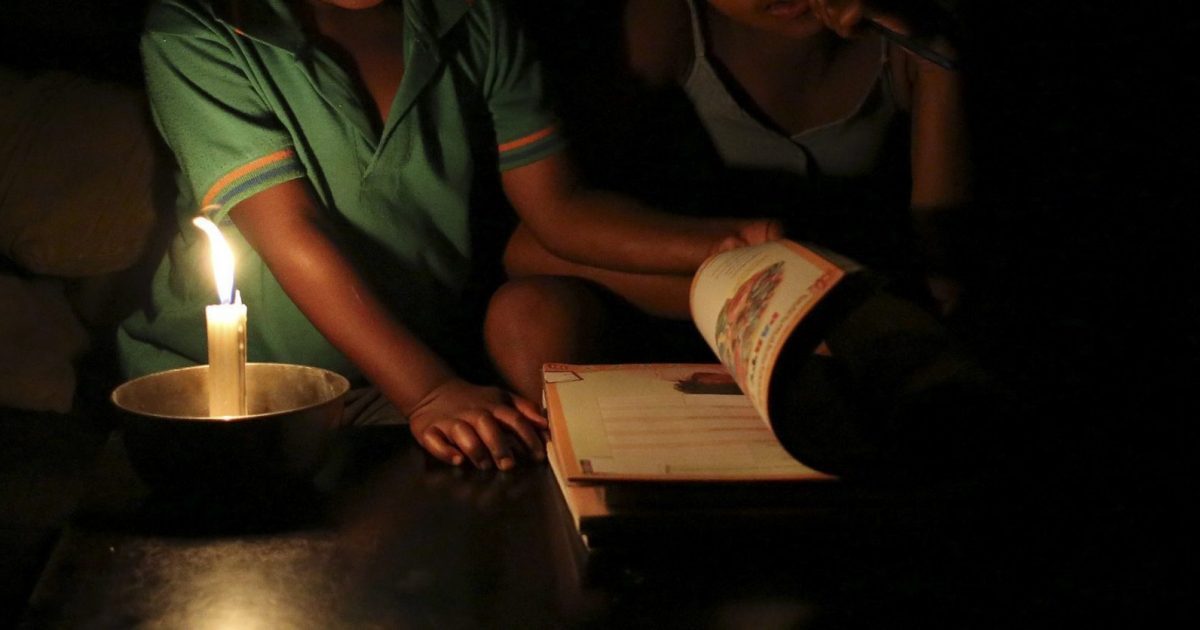As the world’s largest energy consumer, Asia is home to more than half of the global population and is the primary driver of global energy demand. With many countries in the region struggling to meet the energy needs of their citizens, energy poverty has become a major concern.
Energy poverty is defined as a lack of access to affordable and reliable sources of energy. More precisely, the United Nations Development Program (UNDP) defines energy poverty as the, “…inability to cook with modern cooking fuels and the lack of a bare minimum of electric lighting for reading or for other household and productive activities at sunset.” The Asian Development Bank (ADB) takes a slightly broader approach to defining energy poverty and says that it is, “the absence of sufficient choice in accessing adequate, affordable, reliable, high-quality, safe and environmentally benign energy services to support economic and human development.”
The concept of energy poverty is often illustrated using the idea of an “energy ladder,” which organizes different types of energy sources used in rural areas or developing countries from the simplest or most traditional (such as dung, crop residues, wood, and charcoal) at the bottom to the most advanced or modern (such as electricity or refined gasoline) at the top. The ladder is usually described in terms of energy efficiency, with more efficient sources moving higher up the ladder. For example, it is estimated that kerosene is 3-5 times more efficient than wood for cooking and liquefied petroleum gas is 5-10 times more efficient than crop residues or dung.
This is a growing challenge in Asia, with nearly 2 out of 10 people people living without access to reliable electricity. This lack of access has significant implications for the economic, social development and the political stability of the region, as well as the environment.
In a report published in 2019, it was found that Southeast Asian countries are particularly vulnerable to energy security risks due to their high dependence on imported fossil fuels and lack of diversified energy mix. The report also highlights the importance of investing in renewable energy and energy efficiency to increase energy security in the region.
In Asia, access to electricity is closely linked to poverty, with lower household income levels correlated with lower electricity access. This is especially true for rural areas, where this access is often limited by geographic, economic, and regulatory factors. This has a number of impacts on the lives of those affected. In many countries, electricity is a major factor in economic and social development. Without access to it, businesses cannot operate, schools cannot provide effective learning environments, and households are unable to access basic services like healthcare and clean water. Furthermore, energy poverty can have a negative impact on the environment. Without access to electricity, households often rely on burning biomass fuels such as wood and animal dung for cooking and heating, leading to increased air pollution and deforestation.
In response to energy poverty, governments in Asia have developed a number of initiatives to increase access to electricity. In India, the government has implemented the Pradhan Mantri Sahaj Bijli Har Ghar Yojana (PM-SBM), a program that provides electricity connections to rural households. Similarly, China has developed the Rural Electrification Program, which provides subsidies for electricity connections. These initiatives have been successful in increasing access to electricity in rural areas, but there is still much work to be done.
In order to address energy poverty in Asia, governments must continue to invest in infrastructure and develop policies that promote access to reliable electricity. This includes investing in power plants, transmission lines, and distribution networks, as well as promoting the development of renewable energy sources and energy-efficient technologies. In addition, governments must ensure that energy prices remain affordable, while also curbing air pollution by phasing out the use of fossil fuels and promoting the use of cleaner energy sources. At the same time, international organizations and donor countries must help to support the efforts of Asian governments to reduce energy poverty. This includes providing technical assistance and financial support to assist countries in developing and implementing energy policies, as well as providing access to international markets for energy equipment and technologies. Ultimately, reducing energy poverty in Asia is a complex and challenging task, but it is essential for improving the lives of millions of people and for promoting economic and political stability in the region. By investing in energy infrastructure, developing renewable energy sources, and curbing air pollution, Asian governments can make significant progress in reducing energy poverty and creating a more sustainable and prosperous future for their citizens.

